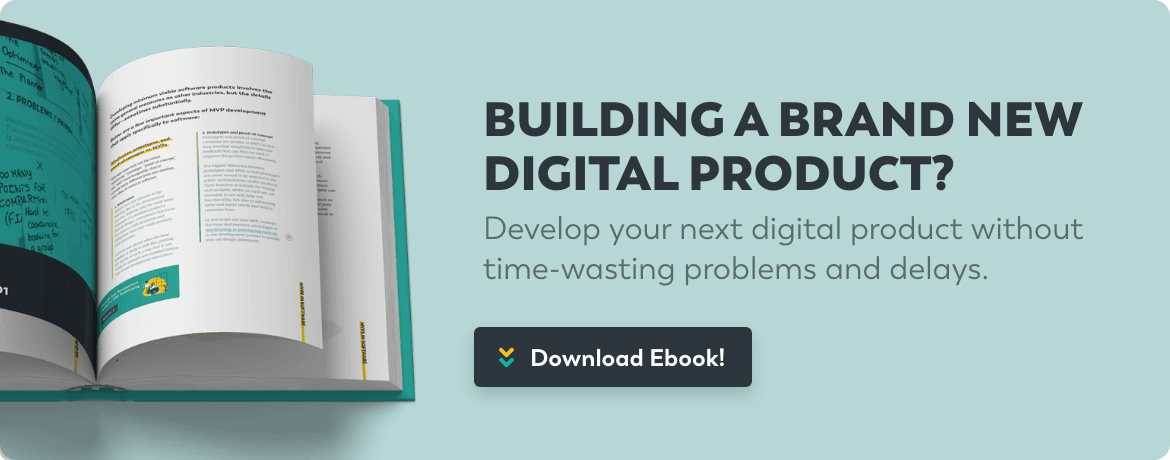There are so many stages involved in customer acquisition that the process of onboarding can be overlooked or assigned a low priority. It’s common to focus corporate resources on areas like keyword optimization and pricing, ignoring the fact that a difficult SaaS customer onboarding experience could drive hard-earned custom straight into the welcoming arms of competitors.
Fortunately, there are ways to simplify and improve SaaS onboarding, familiarizing customers with your products and services. The aim at every stage is to prevent that customer from joining the 77% of new users who abandon an app within three days of installation. Onboarding is absolutely critical to this: Make it too complex or unwieldy, and your newest customers will melt away like snow in sunshine. A single bad experience could cost you a third of your customer base, and every consumer journey starts at the onboarding stage. Here are some tips to give your SaaS onboarding process the boost it needs.
1. Minimize the sign-up process
First of all, pare down what’s required to the bare minimum. What’s the easiest possible way to obtain double opt-ins for marketing literature? What’s the least amount of customer data you realistically need to service an account? At this stage, customer brand perceptions ought to be positive, but they could easily turn negative if you start asking users for their date of birth or former employment details. Similarly, your welcome email should have a single clickable link driven by a compelling CTA, leading to a welcome page where they can immediately get started on tutorials.
2. Ask friends and family to test the system
It’s often difficult for staff to view the SaaS onboarding experience through the eyes of a new customer who’s unfamiliar with the brand or its operations. To get an authentic flavor of your SaaS customer onboarding experience, ask friends and loved ones to sign up at the MVP development stage, prior to public launch. If anyone gets stuck or starts struggling to complete the onboarding process, make notes and feed this back to relevant personnel. Ideally, you want at least 10 testers from various backgrounds and age groups using a variety of hardware and software packages. If welcome emails are consistently getting sent to inbox spam filters, regardless of the mail servers, you probably need to reconfigure message content or improve your sender reputation.
3. Provide assistance
This should build on the feedback gathered at the last stage. Once you know where people are going wrong or struggling, offer feedback. This might include “More Information” bubbles or a chatbot that can intervene if the process stalls or if an impending page exit is detected on desktop devices. Companies with smaller subscriber/membership volumes could even offer to help with SaaS user onboarding, walking people through the process if they’re not comfortable doing it themselves. This might be virgin territory for a new client, and timely assistance could endear your brand to them for the long term.
4. Give progress updates
Time-poor consumers are likely to bail out if they’re unsure how long a process will take. On the other hand, if your page prominently displays “Step 1 of 3,” there’s no ambiguity about how far through the SaaS customer onboarding process they are at that moment. Managing expectations is a vital part of customer care throughout their time with your brand, and it starts right here, persuading them that SaaS onboarding will be brief and productive.
To help with the latter, consider motivational straplines on each registration page. For instance: “You’re only two pages away from unlocking the full benefits of X.” A gentle reminder of why they signed up in the first place (and the goals they wanted to meet) may provide valuable motivation.
5. Signpost resources
A conscientious company will pepper its SaaS user onboarding process with signposted assistance. These might include FAQs, introductory webinars, and links to community forums. This set of resources ought to be sufficient to resolve most queries automatically, ensuring your staff isn’t constantly firefighting. This is where the friends-and-family beta testing outlined at the start really shines—if you identify any potential flashpoints in advance, it’s easy to pre-emptively tackle them.
6. Ask for feedback
Once the SaaS customer onboarding experience is complete, your customer journey is just beginning. Come up with offers and incentives in exchange for feedback, periodically ask for reviews, and encourage dialogue by keeping in touch. Consumer preferences evolve, technology advances, and systems that were fine historically might not be viewed as optimal in the future. This is something we recently covered in more detail in this guide to SaaS onboarding - check it out to learn more.
